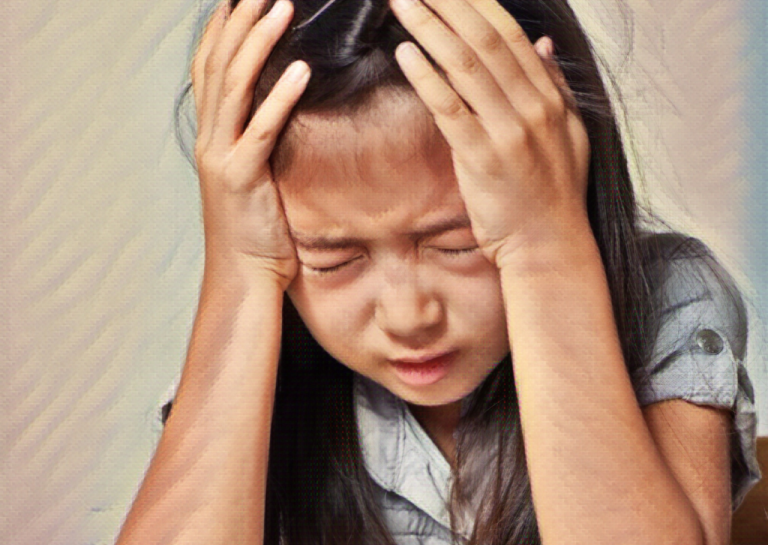Overview
Headaches are a common issue among children, and can be caused by a variety of factors. While some headaches are mild and infrequent, others can be severe and chronic. Understanding the symptoms, causes, treatment options, and preventative measures can help parents and caregivers effectively manage headaches in children.
Symptoms
Headaches in children can present in various ways, and can be classified as primary or secondary headaches. Primary headaches include migraines, tension headaches, and cluster headaches. Secondary headaches are caused by an underlying medical condition, such as a sinus infection or high blood pressure.
Common symptoms of primary headaches in children include
- A dull, aching pain on one or both sides of the head
- Pain that is described as throbbing or pounding
- Sensitivity to light, noise, or odors
- Nausea or vomiting
- Blurred vision
- Fatigue or drowsiness
Symptoms of secondary headaches in children may include
- Fever
- Stiff neck
- Nausea or vomiting
- Seizures
- Vision changes
- Balance problems
Causes
- Stress and emotional tension
- Lack of sleep
- Poor posture
- Dehydration
- Certain foods or food additives
- Hormonal changes in girls
- Eye strain
- Concussion or head injury
Migraine headaches in children are often caused by a combination of genetic and environmental factors. Researchers believe that changes in brain chemicals and the nervous system play a role in the development of migraines.
Treatment
Treatment for headaches in children will depend on the type and severity of the headache, as well as the underlying cause. Some common treatment options include:
- Over-the-counter pain relievers, such as ibuprofen or acetaminophen
- Prescription medications, such as triptans or beta-blockers
- Relaxation techniques, such as deep breathing or yoga
- Behavioral therapy
- Biofeedback
- Acupuncture
- Massage therapy
- Chiropractic care
Prevention
There are several steps that parents and caregivers can take to help prevent headaches in children, including:
- Encourage regular exercise and physical activity
- Ensure that your child is getting enough sleep each night
- Help your child learn to manage stress through relaxation techniques or therapy
- Avoid foods and drinks that may trigger migraines
- Encourage good posture
- Limit screen time
- Teach your child the importance of staying hydrated
Citations
- International Headache Society. (2019). The International Classification of Headache Disorders, 3rd edition (beta version). Cephalalgia, 39(1), 1-211. doi: 10.1177/0333102419886829
- Lipton, R. B., & Silberstein, S. D. (2018). Pediatric migraines: epidemiology, pathogenesis, and management. The Lancet Neurology, 17(11), 991-1002. doi: 10.1016/S1474-4422(18)30312-8
